Gun violence in America is increasing, not only on crowded city streets, but in small towns in remote parts of the country that lack resources to save people from life-threatening gunshot wounds.
It was 2 a.m. in late November 2020 when intruders kicked open the door of Timothy Stephens’ home in Laurinburg, North Carolina, a small farming community that grows cotton and tobacco and raises hogs.
Stephens, then 44, was already awake when the men came in waving guns and demanding money. His son, 2-year-old Tymir, had woken up moments earlier to ask for a glass of water.
As the chaotic scene unfolded, Stephens was shot five times in the abdomen while trying to protect his son from gunfire.
“I gotta live for my baby,” Stephens recalled thinking, he said in an interview.
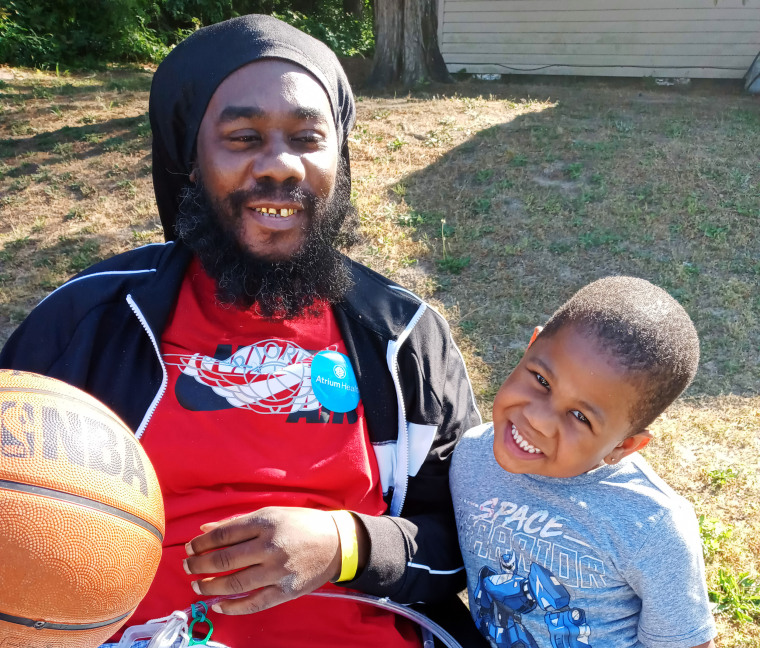
Stephens survived, even though he lived hours away from a Level 1 trauma center equipped with appropriate staffing and resources to save him from the damage left by the bullets that ripped through his spleen, spine, pancreas and intestines.
His life was saved because the surgeons at the local medical center had undergone specialized training in how to stabilize trauma victims long enough for them to reach a larger center.
In those critical early moments, Dr. Stephen Lanuti, a general surgeon at Scotland Memorial in Laurinburg, was able to remove Stephens’ hemorrhaging spleen and stitch up a portion of his small intestine to stop it from bleeding, at least temporarily.
“Our major job with major trauma like this is to stabilize the patient and get them to a Level 1 trauma center, where they have a higher level of care and more resources,” Lanuti said. “They’re picking up where we left off as we hand them the baton for the care of patients.”
The surgery bought Stephens enough time to be taken to a Level 1 trauma center — Atrium Health in Charlotte, a two-hour drive from Laurinburg.
If Lanuti and his team hadn’t had trauma care training, Stephens “never would have made it to us,” said Dr. Britt Christmas, medical director of trauma at Atrium Health. “That rural hospital did an exceptional job.”
Millions left without adequate help
Cities and suburbs typically have quick access to trauma centers equipped to handle gun injuries. It’s different for the estimated 60 million people living in rural America. For them, being shot means they are more likely to die.
“Those tend to be injuries in which time matters,” said Dr. Joshua Brown, a trauma surgeon at the University of Pennsylvania Medical Center.
Doctors have seconds to figure out whether vital organs are severely damaged. Severe bleeding must be stopped.
Living two hours away from a major trauma center “can really work against” gunshot victims, Brown said. According to a 2016 study, just 24% of Americans living in rural parts of the country are within an hour’s drive of a facility with the ability to control the damage caused by a bullet ripping through a person’s body.
Level 1 trauma centers have adequate staff on call around the clock to care for even the most complex injuries such as gunshot wounds or car accidents. Smaller, regional hospitals may have emergency rooms that can provide minimum care but can’t match the staffing, the resources and sometimes the skill levels.
Increases in gun violence have shown that no city, town or rural route is immune to the potential for traumatic shootings.
On Dec. 6, a gunman opened fire at the University of Nevada, Las Vegas, killing three people and injuring one. On Dec. 7, police in the small town of Fuquay-Varina, North Carolina, said road rage led to people in cars shooting at one another. That same night, a teenager was shot in the face in a Seattle neighborhood.
These three incidents certainly do not reflect all of the shootings that occurred in the U.S. during that 24-hour period.
“Since the pandemic, we’ve seen it going up and up and up,” Brown said.
In 2021, the rate of gun deaths in the U.S. was at its highest level in more than 25 years, according to an NBC News analysis of Centers for Disease Controland Prevention data.
A rural ‘disaster’
In local hospitals, what staff they do have tends to lack the experience needed to save people who have been shot.
Trauma care in rural areas is often limited to car crashes, accidents with farm equipment or run-ins with large cattle, said Dr. Mike Person, a trauma surgeon at McKennan Hospital & University Health Center in Sioux Falls, South Dakota, as well as rural chair for the American College of Surgeons.
“If we have more than one injured patient in a small community, that’s by definition a disaster,” Person said.
For more than a decade, the Rural Trauma Team Development Course developed by the American College of Surgeons has helped rural hospitals buy lifesaving time for people shot far from a major trauma center.
The one-day program teaches staffers at smaller hospitals how to stabilize trauma victims, including those with gunshot wounds, and how different teams at the hospital can work seamlessly when time is critical.
Learning to stop excessive bleeding is key, Person said, because that’s usually what kills people quickly in trauma situations.
At Avera St. Benedict Health Center in Parkston, South Dakota —population 1,544 — “we don’t always have all the staff we would like,” said Dr. Jason Wickersham, a family doctor at the center.
“There might only be two or three nurses in house” on a given night, Wickersham said. “Trauma is a very scary thing, especially in a rural area. It’s not something we do every day.”
For Wickersham’s medical staff, the coursehas provided relief.
“I know my whole team is trained. So that’s one less thing I have to worry about,” he said.
Macey Schempp, a radiologic technologist at Avera St. Benedict Health Center, never thought she’d focus on trauma care until she took the course.
Her biggest takeaway: learning what emergency staff do and how to anticipate what her co-workers might need, whether medication or specific equipment.
Because of the training, Schempp won’t have to ask what’s needed. She’ll already know.
“I feel like I have a part to play when a trauma comes in,” she said.
Mass shooting in a rural area
There’s a growing need for trauma training across the country, experts say. Person, who teaches the ACS course, said the biggest obstacle is finding enough instructors to meet demand.
If one or two trauma victims can overwhelm limited staff at rural hospitals, doctors in these areas increasingly worry about the day they’ll see many more all at once.
Even in a state he considered as relatively safe as Maine, Dr. Sheldon Stevenson was “absolutely” worried about a mass casualty event long before Oct. 25, the night of a shooting that ultimately led to 18 deaths.
Just two emergency room doctors, along with a handful of nurses and other support staff, were in the Central Maine Healthcare ER when the nightmare scenario began, said Stevenson, assistant chief of emergency medicine for the Level 3 trauma center in Lewiston, Maine.
Even with midlevel trauma center resources, the large number of victims might have overwhelmed the Central Main staff if they hadn’t gone through previous drills.
Fifteen gunshot wound victims arrived that night. Two were pronounced dead upon arrival. The small staff was able to save the lives of the 13 others.
Stevenson, also the president-elect of the Maine chapter of the American College of Emergency Physicians, credits annual disaster drill training — not only for his staff, but also among first responders who were able to control excessive bleeding at the scene with tourniquets and get the shooting victims to the hospital as fast as possible.
Several of the wounded, Stevenson said, arrived by police car.
“That’s considered best practice because it’s actually quicker to just throw somebody in a car than wait for another ambulance to show up,” Stevenson said.
Lanuti, the surgeon at Scotland Memorial who helped Timothy Stephens, trained at a Level 1 trauma center in Detroit before relocating to the rural South 30 years ago for a slower pace of life.
Stephens’ mother, Hazel McPhatter, is sure that made a difference in her son’s survival.
“They had the know-how and the skills to at least stabilize him and know that he needed to be moved to a trauma center,” McPhatter said. “If they hadn’t had training, he probably would have died.”
Follow NBC HEALTH on Twitter & Facebook.

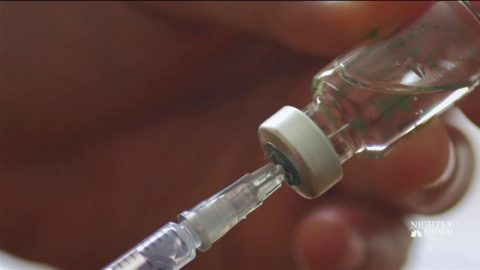
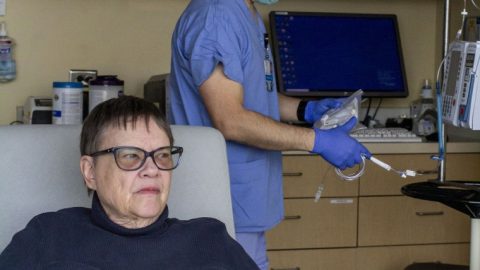

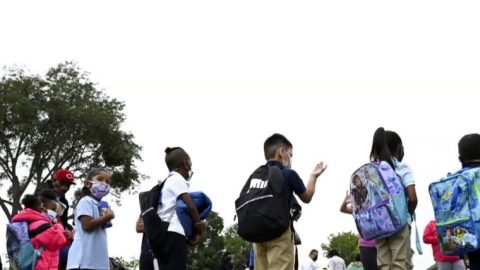
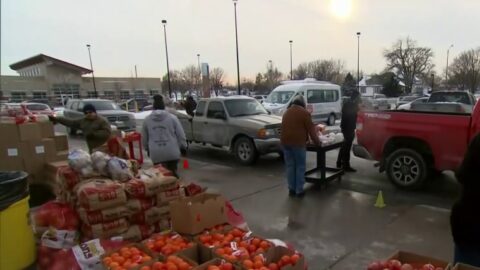
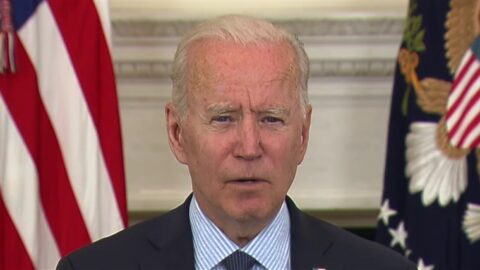
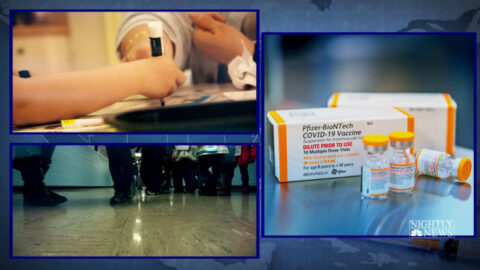
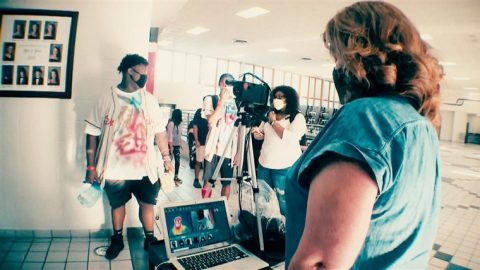
Recent Comments